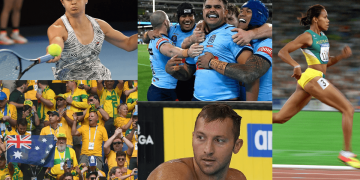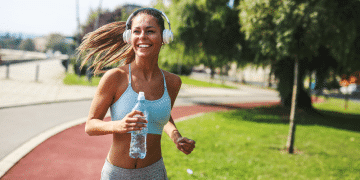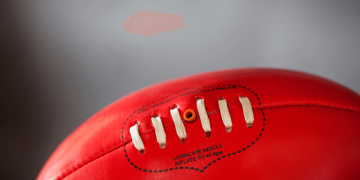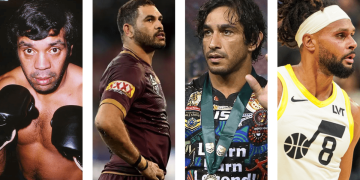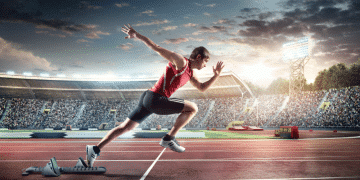The Hidden Hurdles: Women’s Sports in Australia

Australia has experienced increasing awareness of and success for female athletes on the international scene in recent times. From Ash Barty’s tennis victories to the Matildas’ unprecedented World Cup run, women’s sports have drawn a wave of enthusiasm. Benevolent behind the headlines and Instagram highlights, though, is a complicated reality whereby female Australian athletes still encounter particular and constant obstacles. From pay difference to media coverage and grassroots support, the fight for sports equality is far from finished.
The actual difficulties faced by Australian female athletes are investigated in this article, together with the still required development to provide a really fair playing field.
The Pay Gap: An Uneven Playing Field

Still one of the most obvious problems in women’s sports is the salary difference. Although some Australian professional female athletes have begun to make a decent salary, the great majority still make far less than their male colleagues. To assist their sporting careers, many female athletes really balance part-time employment or full-time occupations.
Consider the AFLW, or Australian Women’s League. Player pay are still just a fraction of what male AFL players get, even if the league has become more and more popular and watched upon. For a ten-week season, AFLW players’ base pay in 2023 fell between roughly $39,000 to $71,000. This is not the case for AFL players, who might make upwards of $300,000 annually; top players make even more.
This salary disparity influences training, preparation, and lifetime in sports, not only a financial issue. Less wealthy female Australian athletes often have to make sacrifices that male athletes hardly ever have to deal with.
Lack of Media Coverage and Sponsorship
Another area where female athletes are routinely underprivileged is media coverage. Research by the Australian Sports Commission shows that just over 7% of all sports media attention goes toward women’s sports. This underrepresentation feeds a loop whereby women’s sports receive less publicity, which lowers sponsorship deals, reduces endorsements, and generates less public interest.
Furthermore problematic in how the media presents female athletes is their scant coverage. Stories too frequently center attractiveness, family life, or personal challenges instead than athletic ability. This kind of representation lessens the professionalism and validity of women’s sports.
A female Australian athlete might find it difficult to establish a profile, draw supporters, or get the funds required to compete at an elite level without the exposure media and sponsorship offer.
The Grassroots Gap: Accessibility and Opportunity
From the grassroots, access and opportunity define success at the elite level. Regretfully, a lot of Australian young girls still have little choices for sports. Programs by groups like Sport Australia and the Australian Institute of Sport help to improve the situation, yet obstacles still exist.
Often lacking the infrastructure and trained coaches required to develop young talent are regional and distant regions. Because of antiquated gender norms or a dearth of female role models, girls may also be discouraged from participating in several sports.
Sporting teams might not always provide inclusive settings either. With restricted changing facilities, scheduling priority, and support services for female athletes, facilities sometimes reflect male teams. This conveys a message—consciously or unconsciously—that girls’ athletic involvement is less prized.
Balancing Motherhood and Sport
Photo Courtesy: Kai Pfaffenbach / Reuters; Swimming World ArchiveJuggling athletics with parenthood is one of the particular difficulties many female athletes have. For a female Australian athlete who decides to have children, the road back into elite competition is sometimes uncertain, unsupported, or quite challenging.
Although some sports have advanced in this regard—offering maternity leave, flexible training schedules, and support for traveling with children—many regulating bodies still lag behind. Pressure comes from lack of childcare, rigid training requirements, and society views on parenthood.
Athletes like swimmer Libby Trickett and netball player Laura Geitz have been candid about the challenging shift from athlete to mother and back. Often without institutional assistance, sportsmen find themselves depending on family or personal finances, something not everyone can afford.
Mental Health and Public Scrutiny
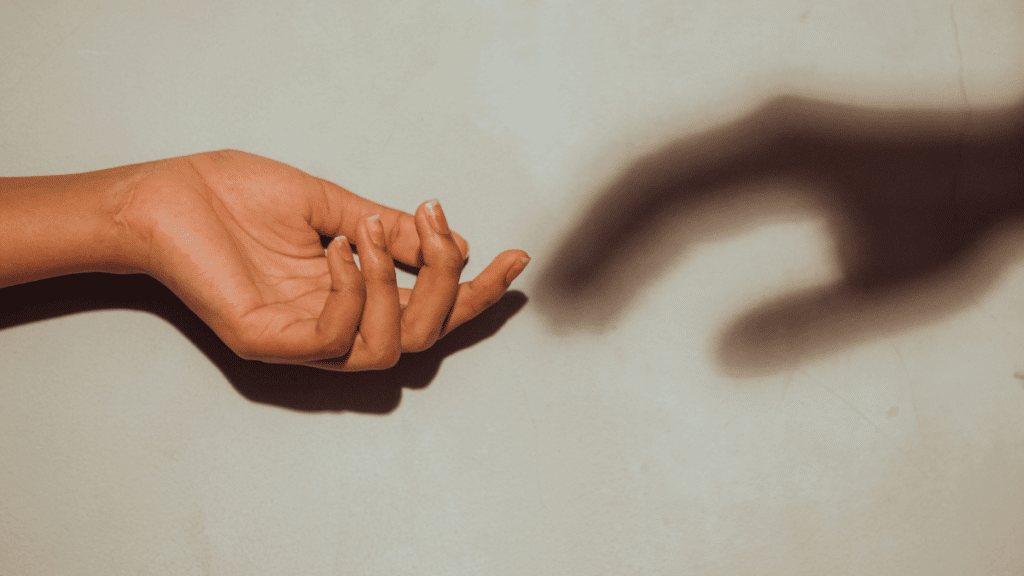
Rising awareness brings more scrutiny, and this can negatively affect the mental health of female athletes. In a sports environment controlled by men, the pressure to constantly establish one’s value, uphold a public image, and perform can be debilitating.
According to a 2021 AIS (Australian Institute of Sport) survey, 46% of elite female athletes said they suffered psychologically—much above the national average. While a tool for developing a personal brand, social media can also be a two-edged blade, subjecting sportsmen to online abuse and scrutiny.
Many sportsmen have started to advocate for their mental health, therefore destigmatising the problem. Still needed, though, more organized help from sponsors, clubs, and groups.
Gender Bias and Stereotyping
Subtle and overt gender inequality still presents a threat in Australian sports even by 2025. Stereotypes questioning their toughness, competitiveness, or dedication compared to male competitors abound for female athletes. Public opinion, media analysis, and coaching decisions can all be influenced by these viewpoints.
Linguistically, language counts. In environments where male athletes would be called “men,” female athletes are sometimes referred to as “girls.” Sometimes their successes are perceived as “good for a woman,” not as simply “good.” This sort of terminology supports a cultural narrative that devalues women’s sports.
Inequality in Coaching and Leadership Roles

The difficulties continue off the pitch as well. Administration, officiating, and coaching all show a clear gender disparity behind the scenes. According to a 2022 Sport Australia study, women occupy only roughly 25% of coaching positions—even less high-performance or head coach roles.
Less mentors and role models for the next generation of female athletes results from this dearth of representation. It also influences elite decision-making, sometimes excluding women from important discussions on development, strategy, and financing.
Encouragement of female leadership in sports goes beyond simply fairness; it directly affects the support and representation of female athletes.
Cultural and Intersectional Barriers
It is crucial to underline that the difficulties experienced by female athletes are not homogeneous. Women from lower socioeconomic settings, migrant communities, and Indigenous backgrounds may have extra challenges.
For instance, although having strong cultural ties to physical exercise and competition, Aboriginal and Torres Strait Islander athletes have traditionally been underrepresented in elite women’s sports. These athletes might come across logistical difficulties, cultural alienation, or systematic racism that complicates their athletic path.
Ensuring every Australian athlete has an opportunity to flourish regardless of gender, ethnicity, or class requires building inclusive and respectful paths based on background.
Progress Made: The Wins So Far
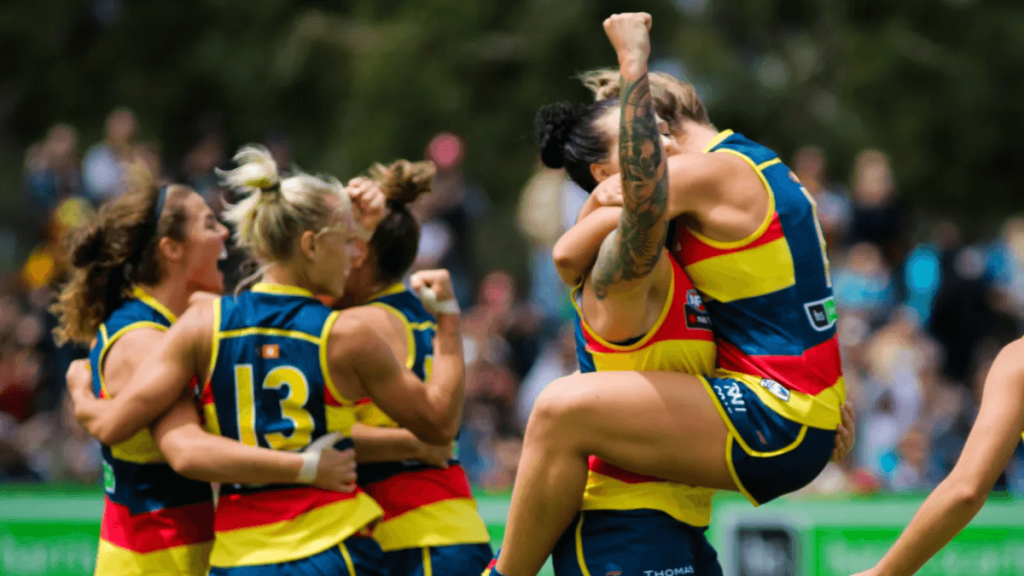
Photo: Brayden Chamberlin / Adelaide Football
Notwithstanding the challenges, it’s crucial to acknowledge the development in the field of Australian women’s sports. Positive signals include the Matildas’ success, rising AFLW popularity, and increased professionalism in women’s cricket and rugby.
Cricket Australia declared equal base pay for its male and female players, therefore marking a historic pay fairness milestone. The Matildas’ collective bargaining agreement guarantees equal salary and conditions with the Socceroos as well. These are important successes showing what is achievable with assistance and advocacy.
While media outlets like ABC Sport and Fox Sports are widening coverage of women’s events, grassroots campaigns, school programs, and corporate sponsorships are increasingly emphasizing female participation.
What Needs to Change
Real, lasting change will require a multi-pronged approach. Here are some key steps that need to be taken:
- Equal Pay and Conditions: Ensure fair compensation and employment terms for all athletes, regardless of gender.
- More Media Coverage: Invest in storytelling that highlights the achievements of female Australian athletes with the same depth and frequency as their male counterparts.
- Facility Upgrades: Provide equitable facilities, equipment, and scheduling at every level of sport.
- Leadership Representation: Promote women into decision-making roles across coaching, administration, and governance.
- Mental Health Support: Expand mental wellness programs tailored specifically for the challenges faced by female athletes.
- Parental Policies: Develop family-friendly policies that allow athletes to balance sport and parenthood.
Conclusion
Though the road to equality in sports is far from over, every game contested, medal earned, and narrative shared by a female Australian athlete advances us. Although the obstacles are real, so is the will and fortitude of the women confronting them.
Australia has the chance to lead the world in gender equity in sports by keep investing in women’s sports, demolish antiquated structures, and question cultural standards. Australia’s women’s sports future is bright—but only if we keep fighting for it.

